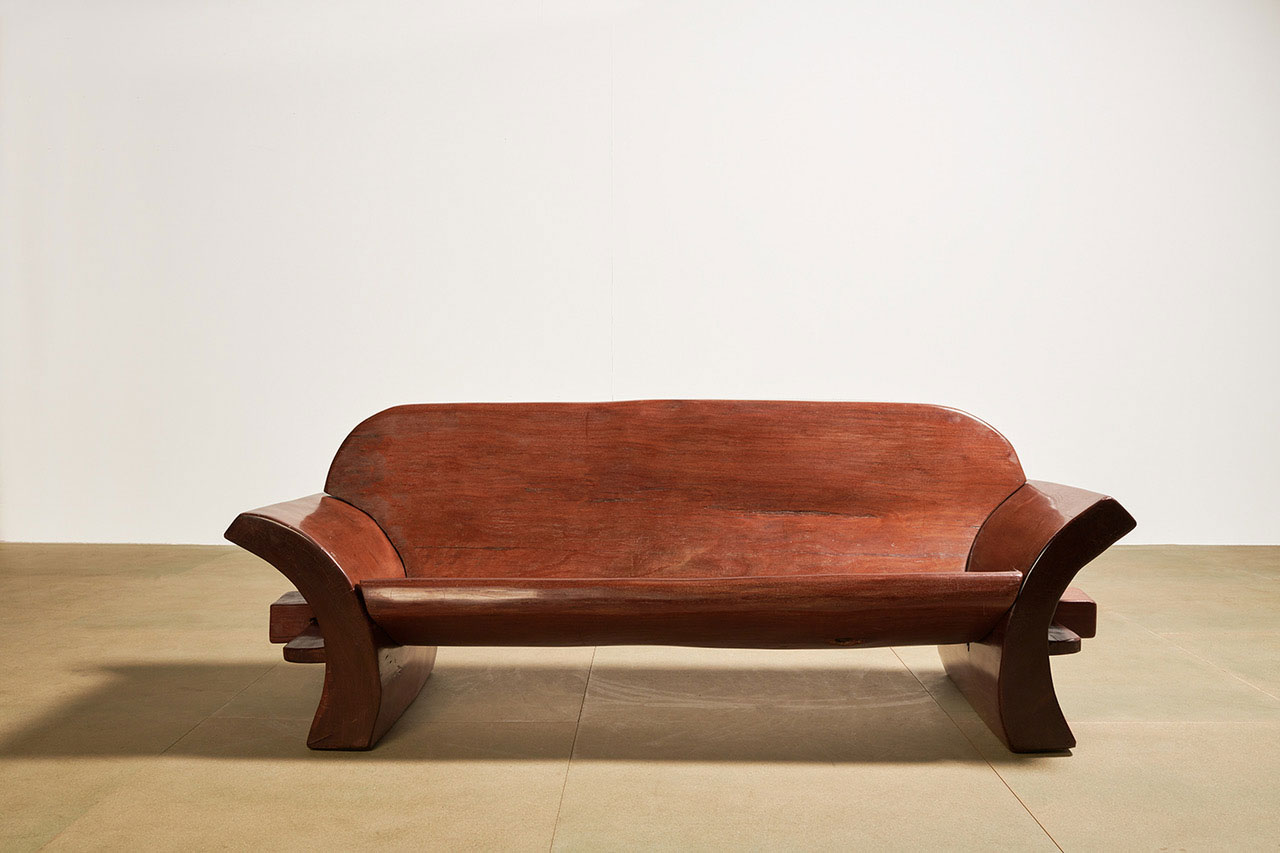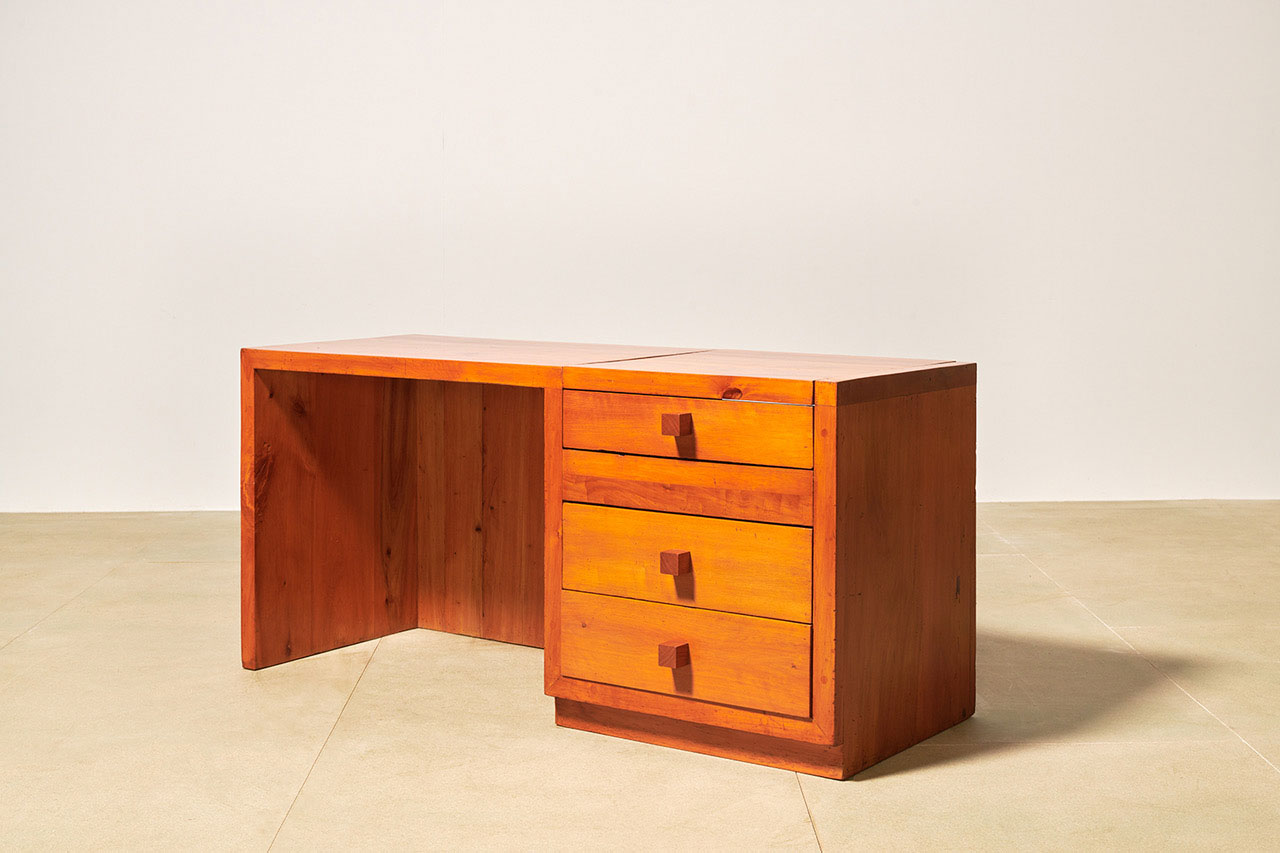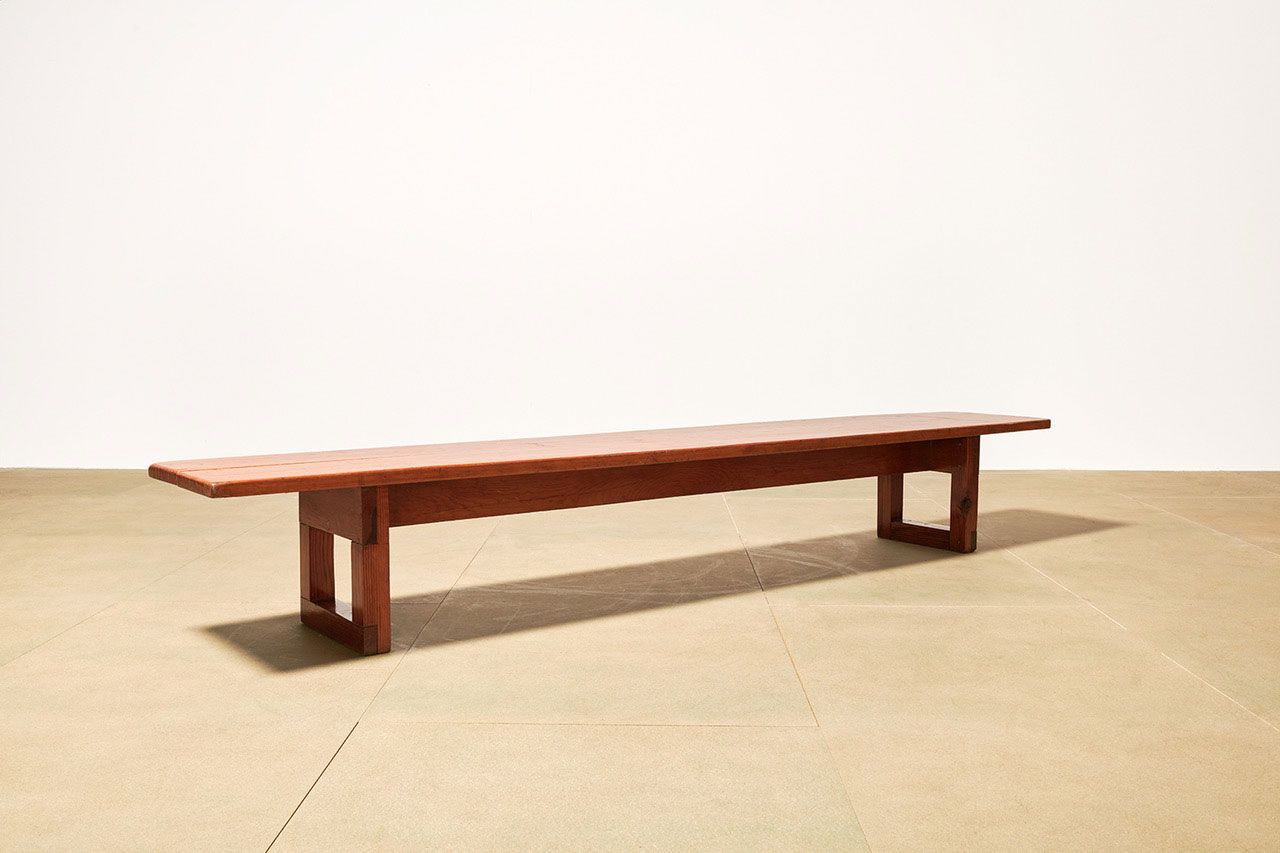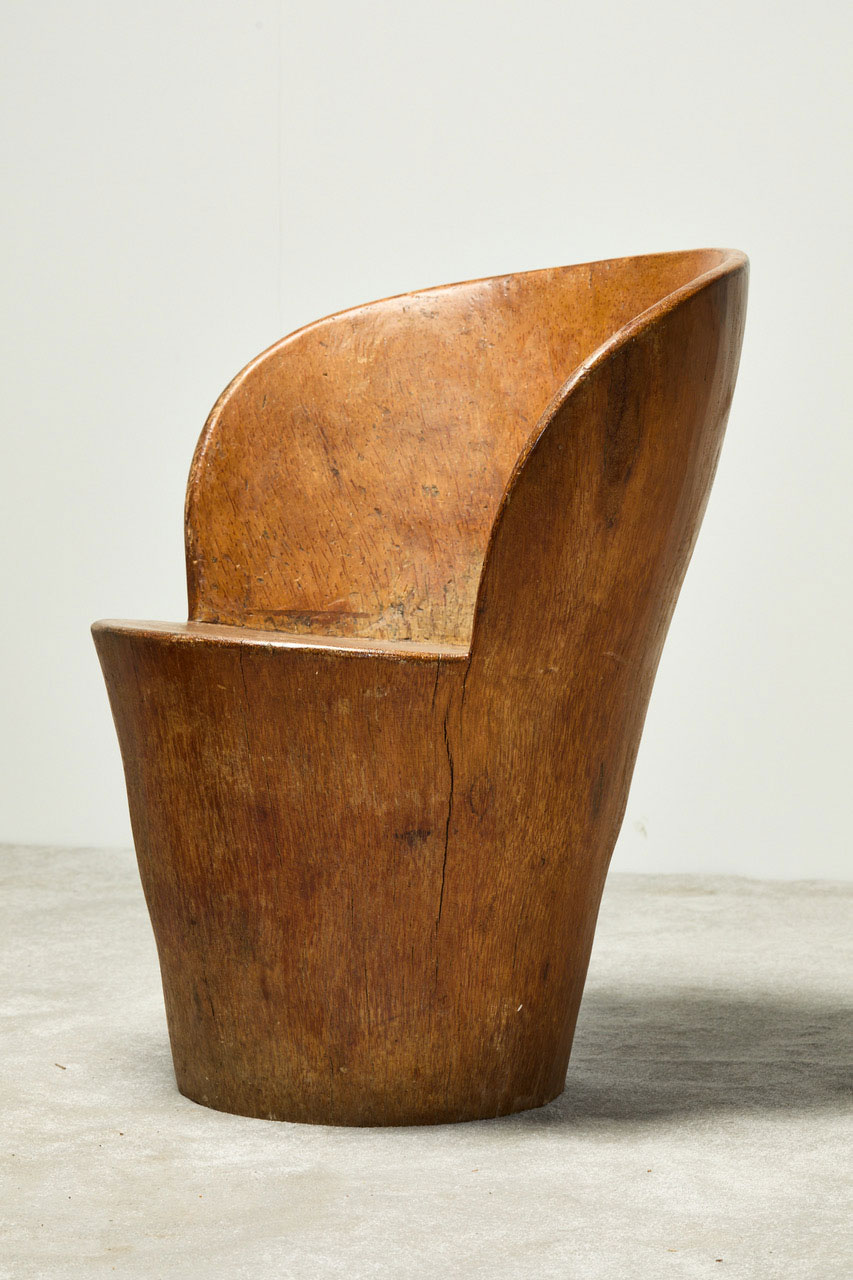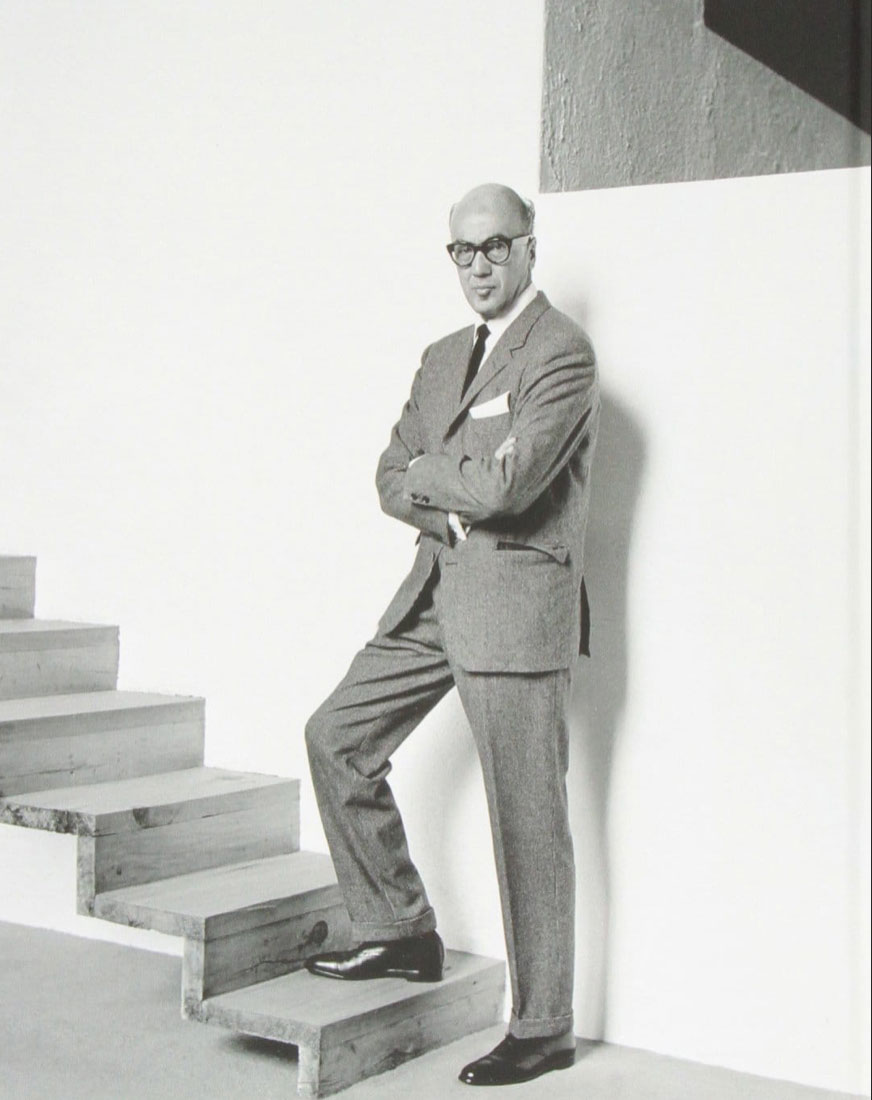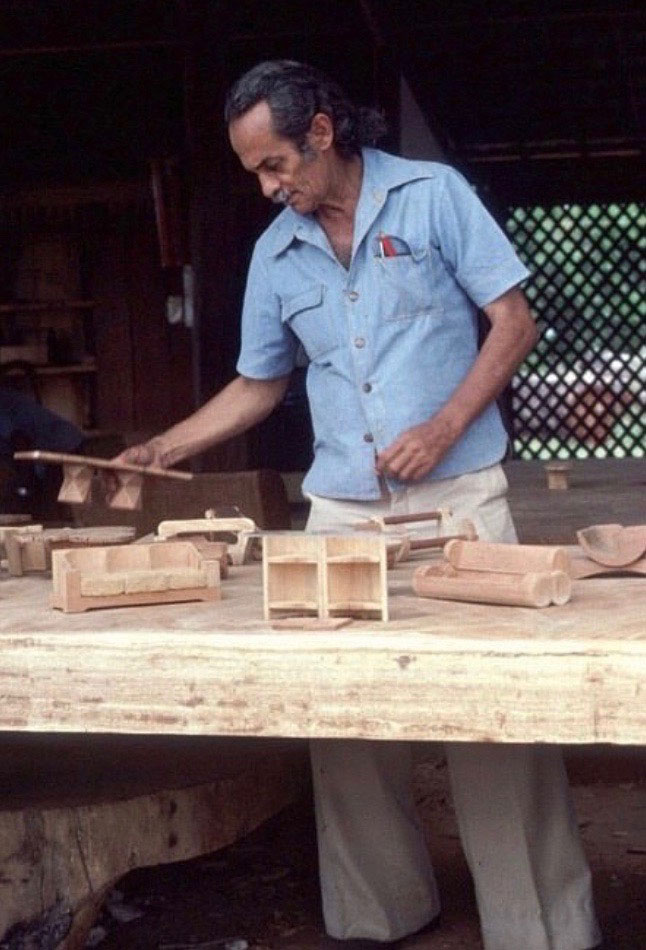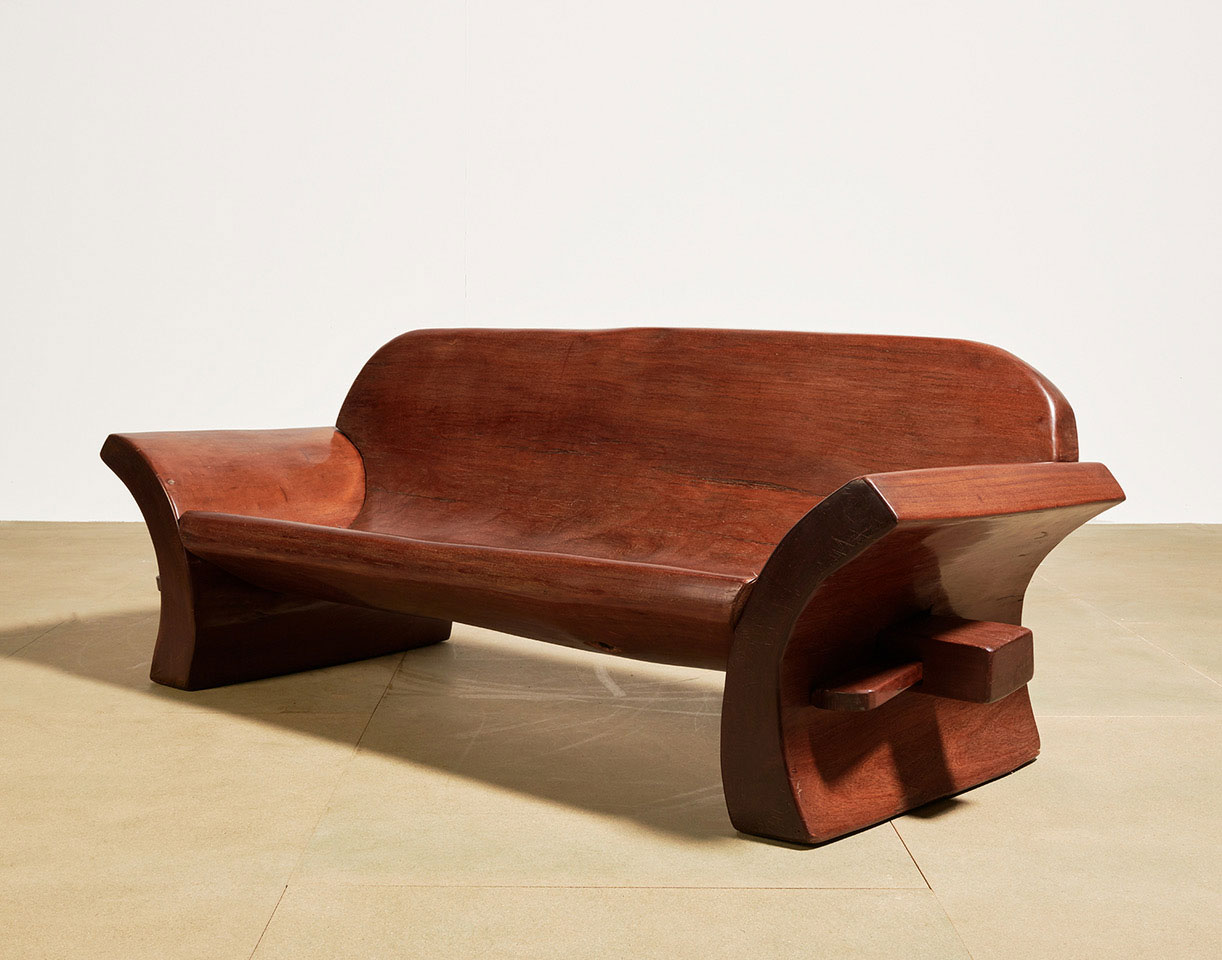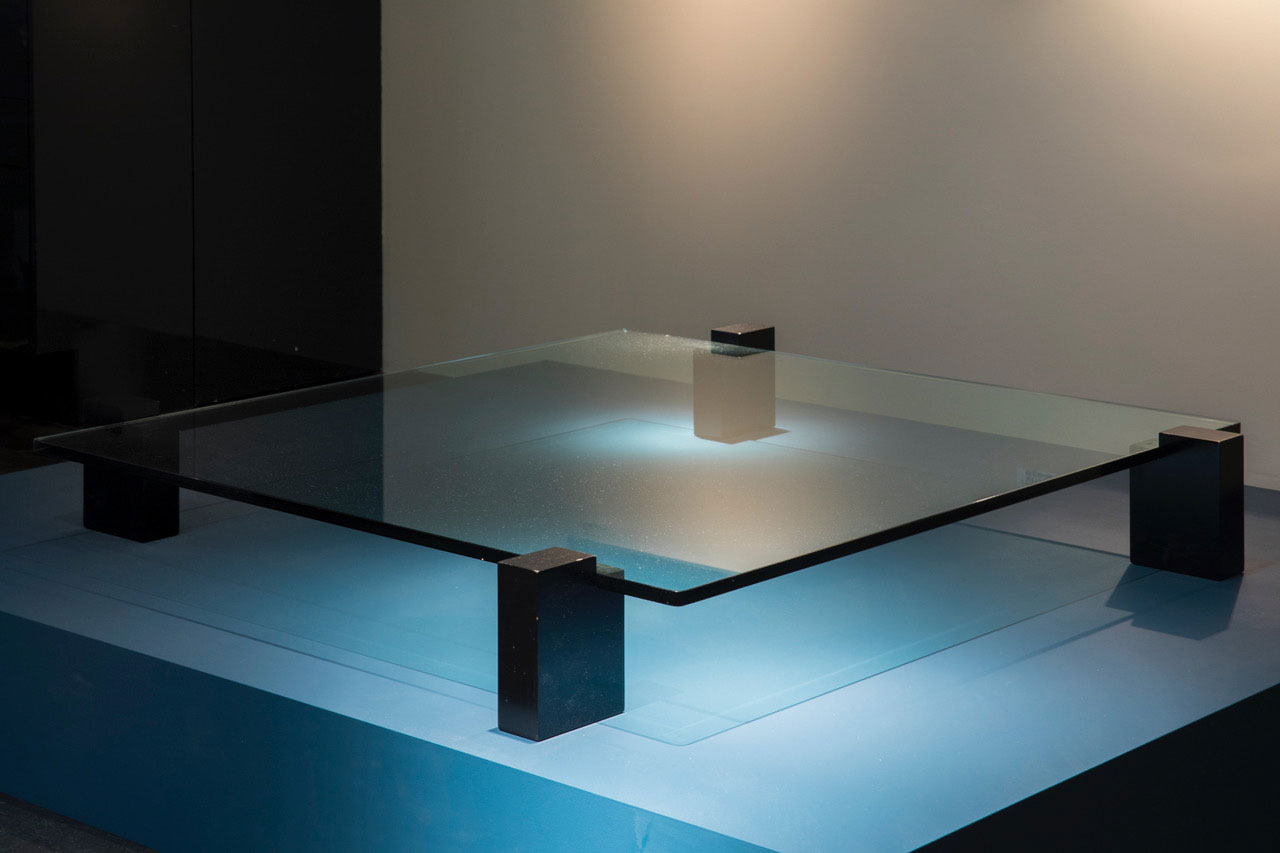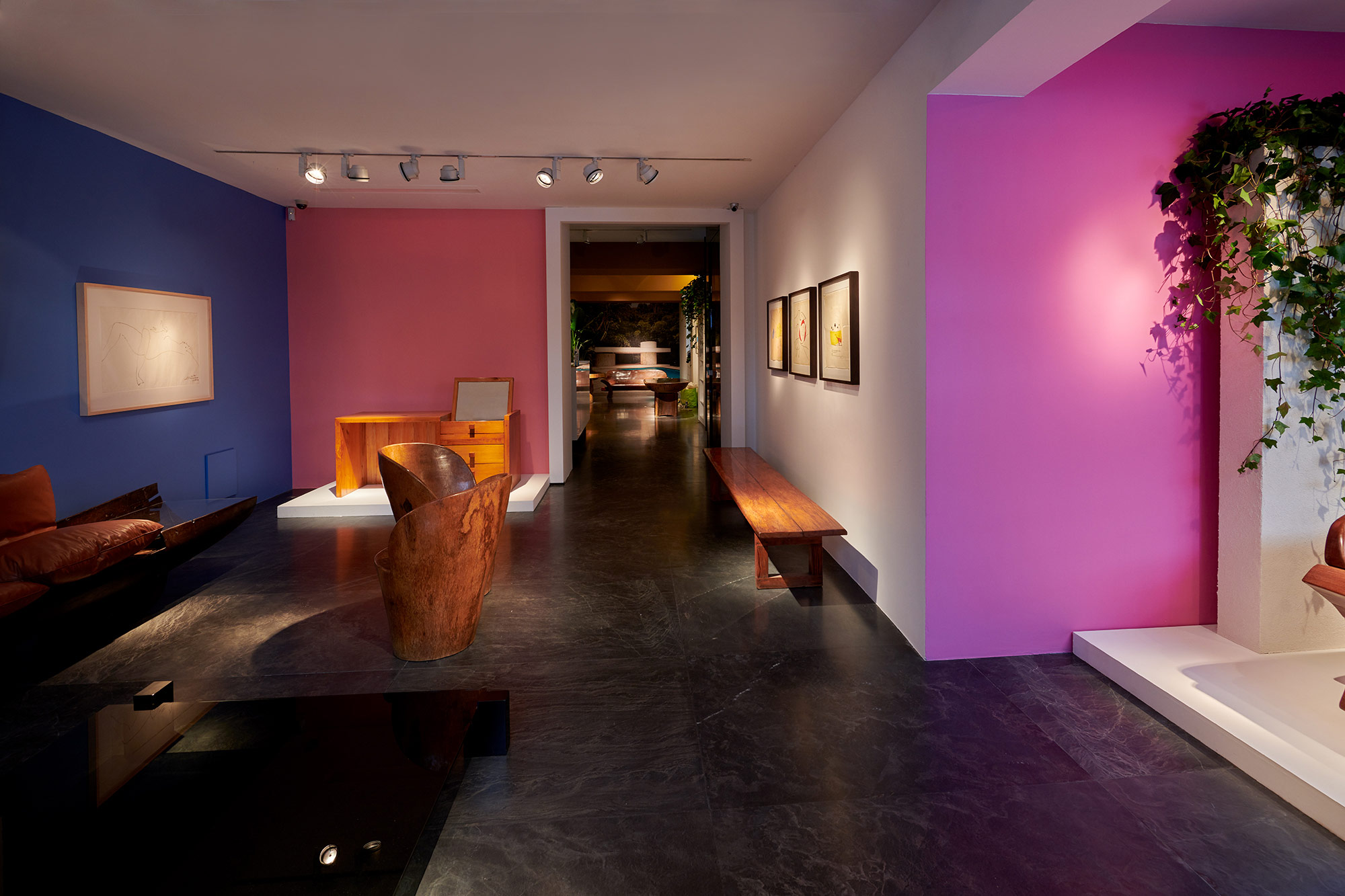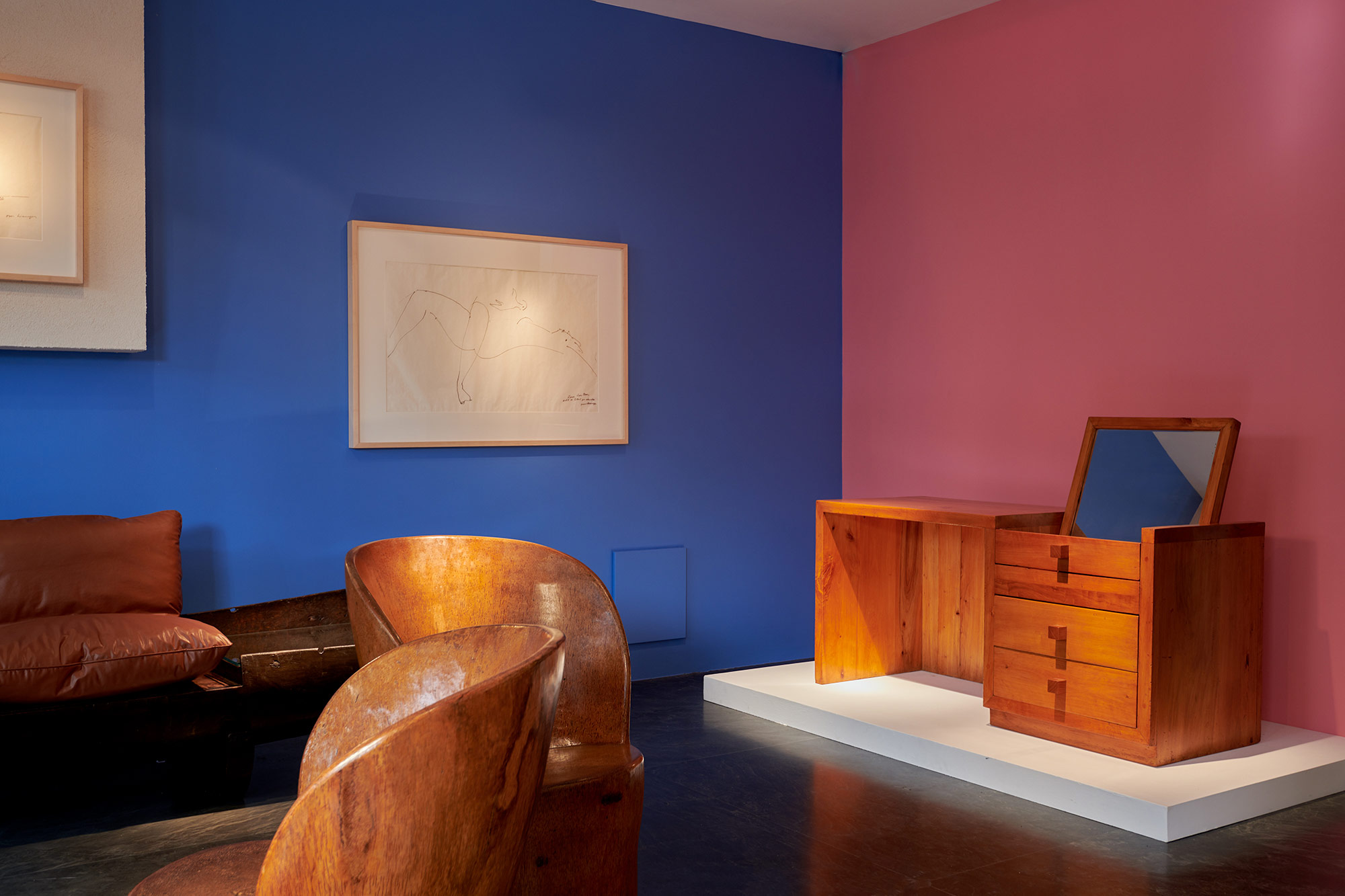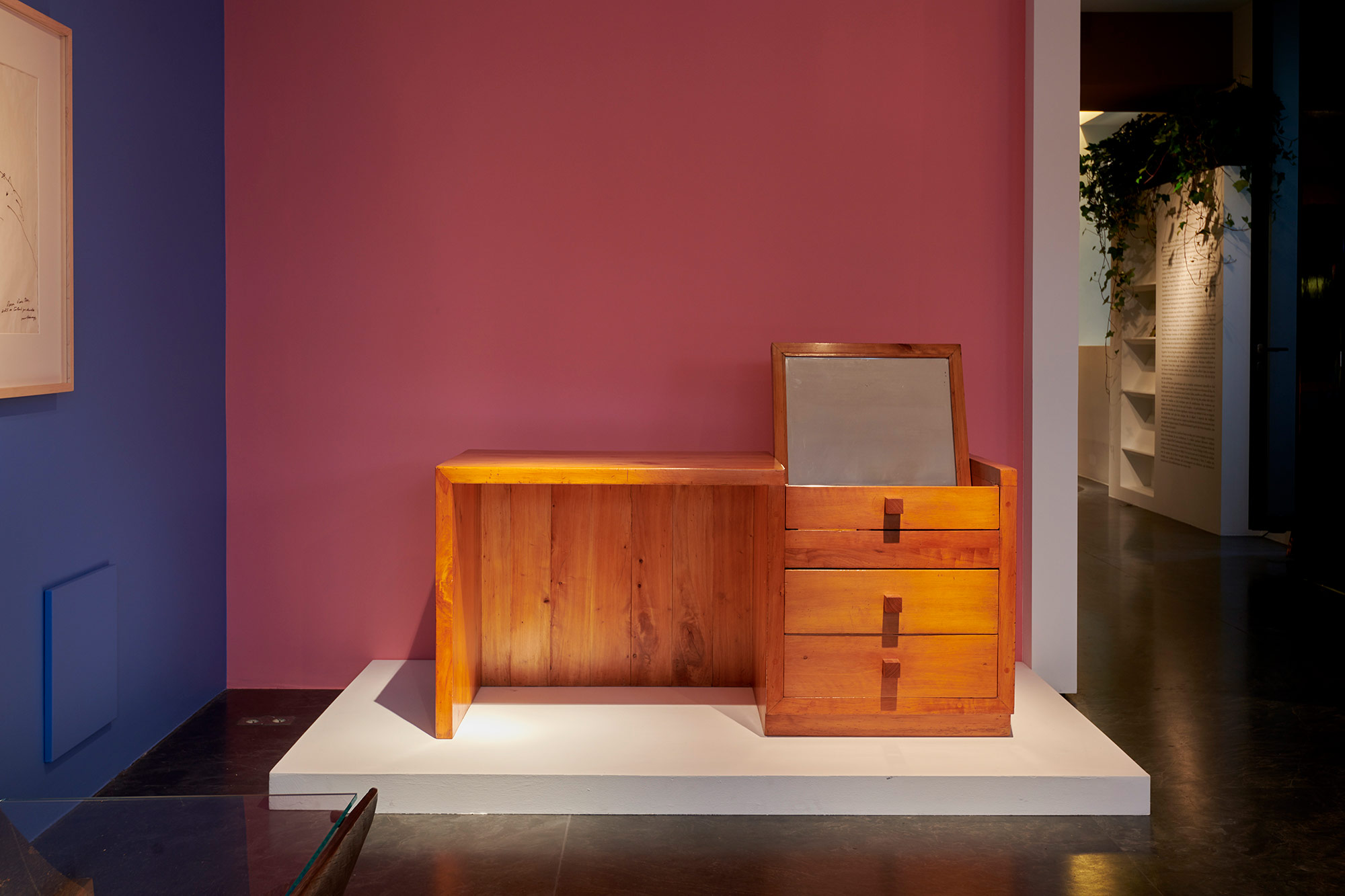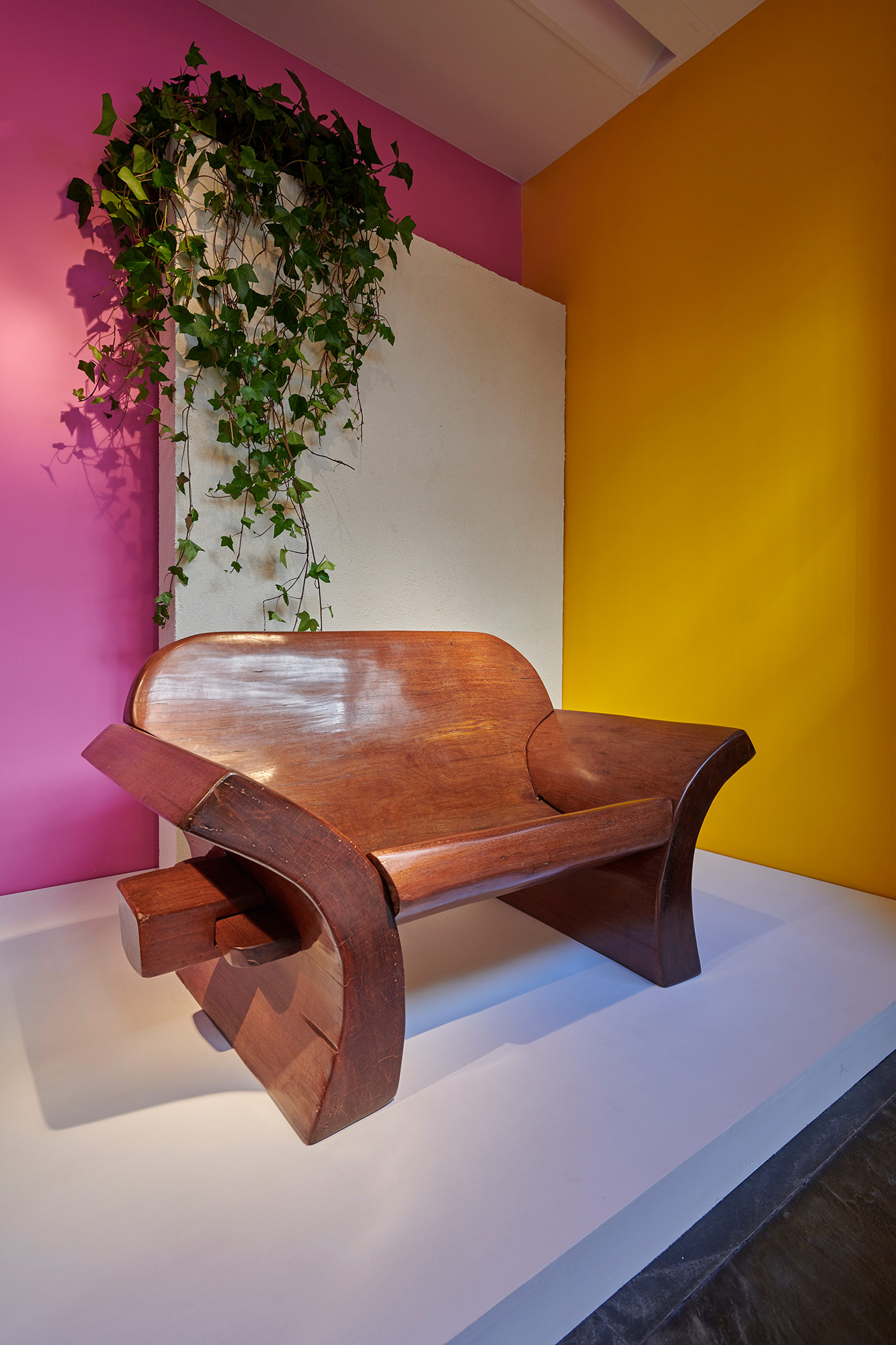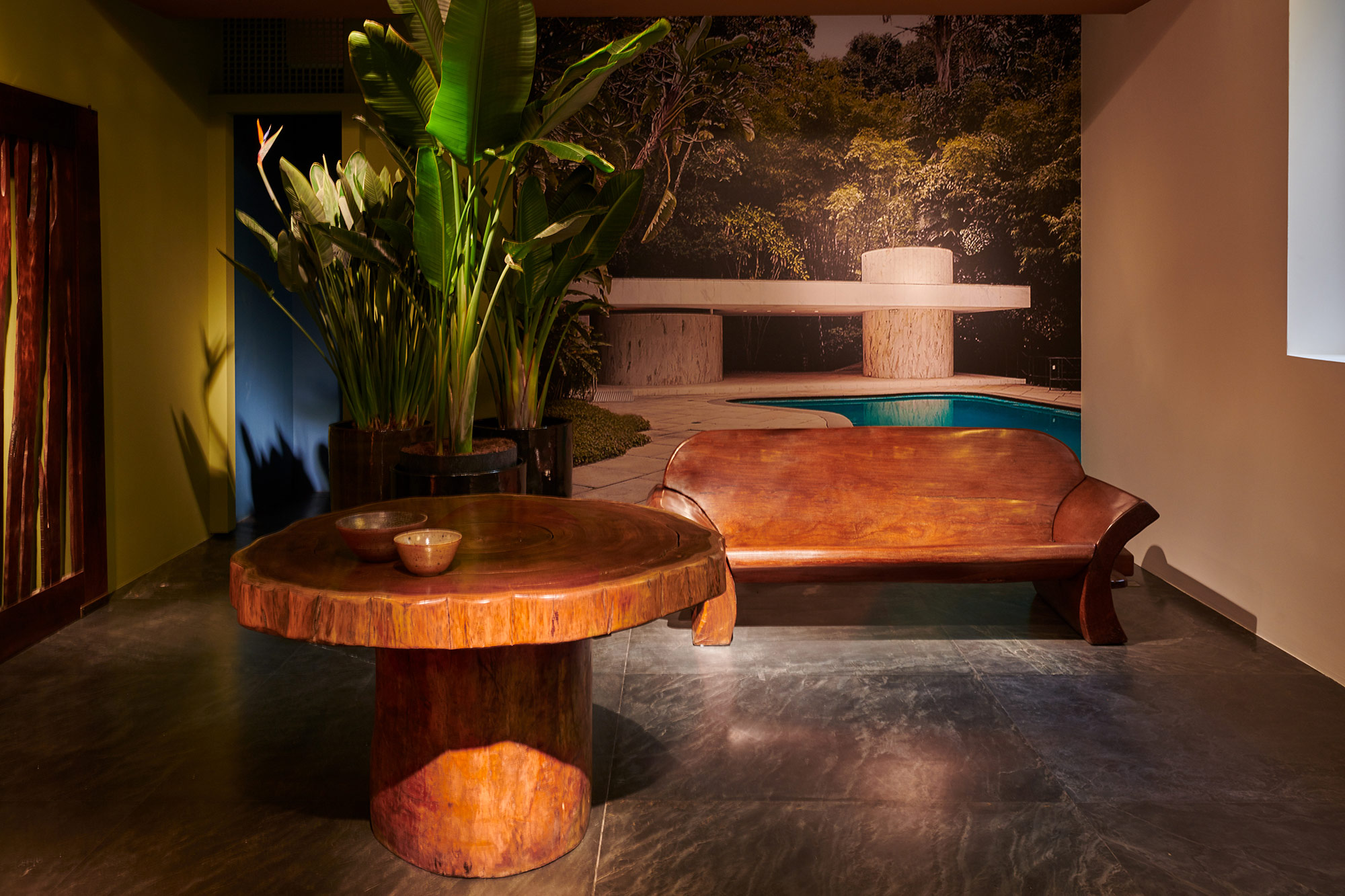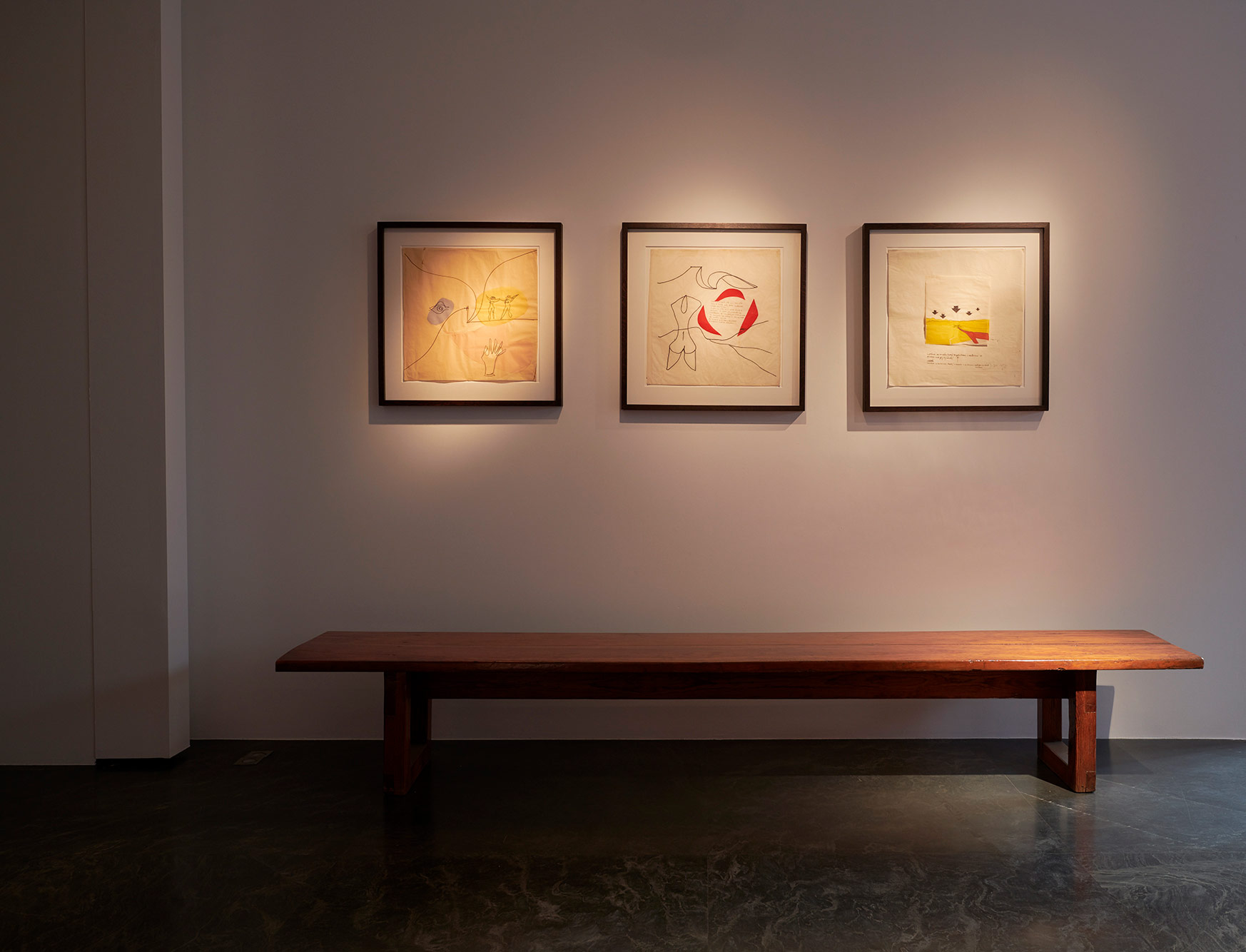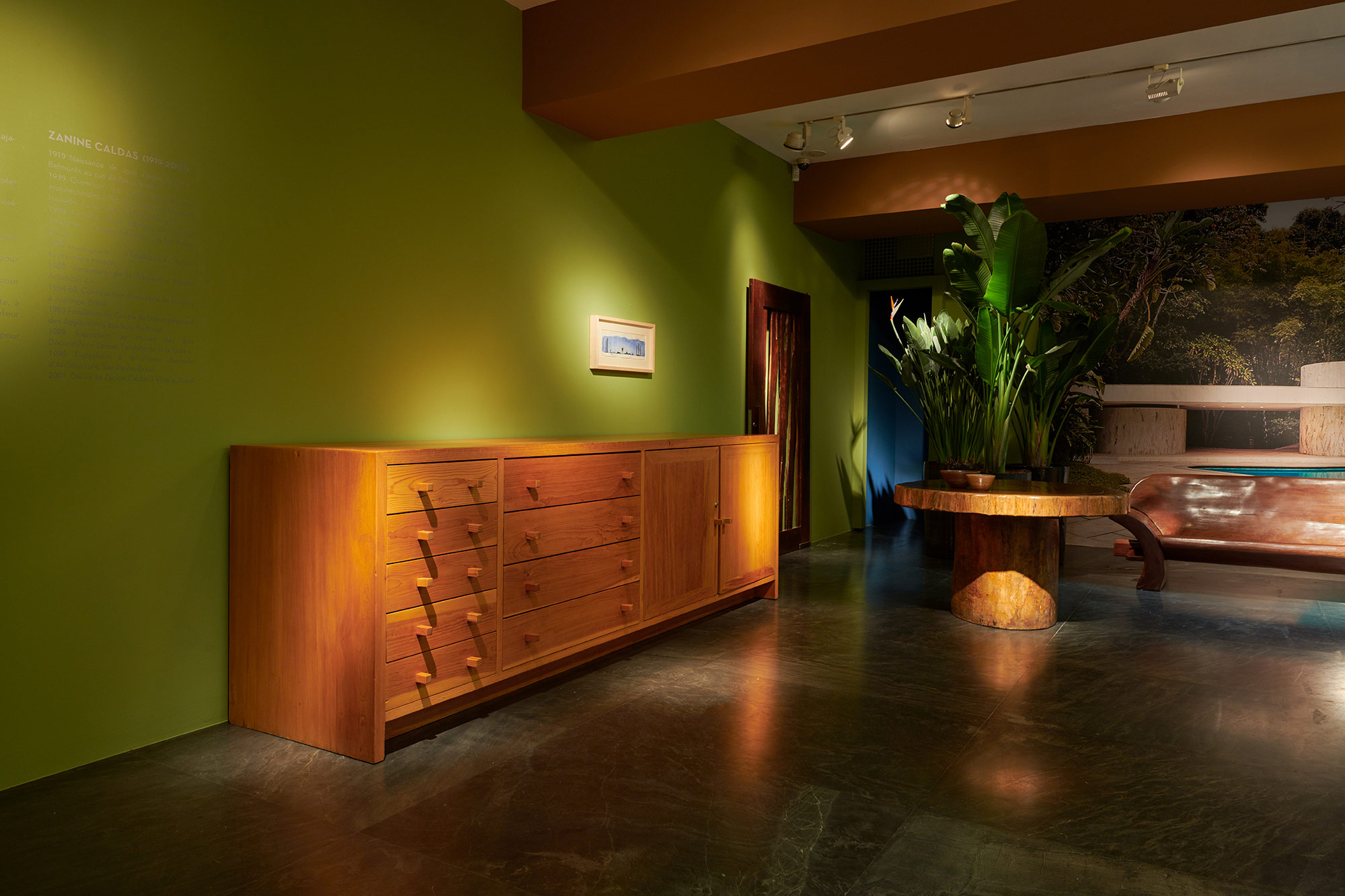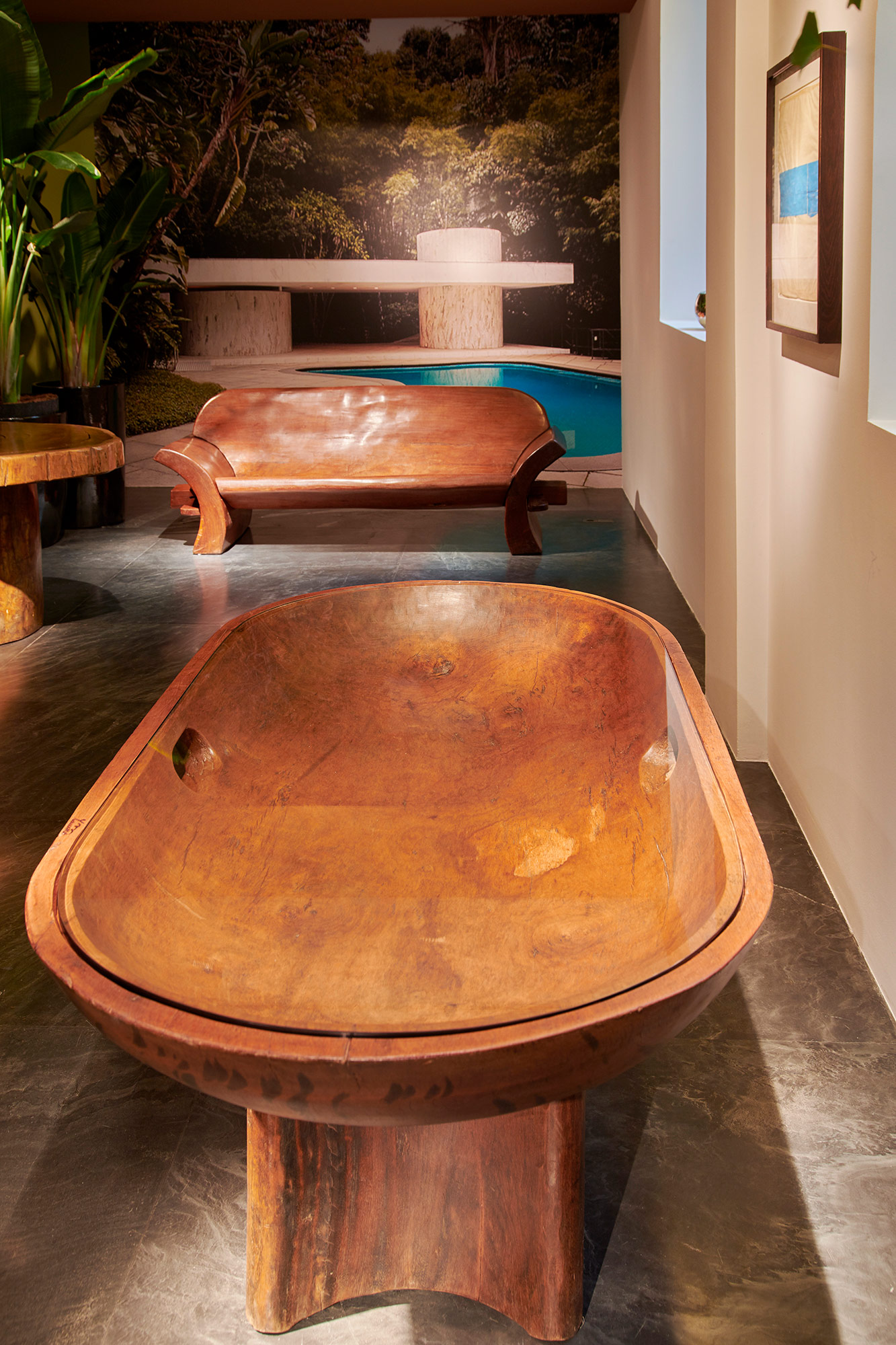In 1955, a major architecture exhibition opened at MOMA, introducing a new perspective on architectural creation in Latin America and its global importance: Latin American Architecture since 1945. Although South American architects were less well-known internationally, at this time—the Americas and Europe still predominated—there were nevertheless several architectural movements, imbued with diverse historical origins, complemented by Western modernities. This Euro-American-Spanish-Indian influence actually reveals an architectural sensibility specific to Latin America, evident in numerous buildings, both private and public. To cover this important post-war period (1945-1990), the exhibition will focus on three major figures: a Mexican (Luis Barragan) and two Brazilians (Zanine Caldas and Oscar Niemeyer), for whom architecture and furniture were important, defining elements, linked together, of course, and always part of their creative lives.
Luis Barragan turned very quickly to modern architecture in the late 1920s, when he undertook a trip to Europe to discover different movements in Germany, France, England, and Spain. In 1931, he traveled to Paris to listen to a lecture by Le Corbusier on modern architecture, primarily concerning the Savoye and Stein villas.
At the same time in Brazil, Oscar Niemeyer, along with Lucio Costa—the future architects of Brazilia—was considering the design of a new building for the Ministry of Education and Health. Following numerous discussions with Le Corbusier, they completed a building in 1936, whose key ideas were reflected in this new Brazilian modern architecture. Drawing on avant-garde European architecture (Mies van der Rohe, Walter Gropius, Le Corbusier) and American architecture (Frank Lloyd Wright), Oscar Niemeyer would invent and define his own style, which would also be reflected in furniture in the 1960s and 1970s.
In 1935, Luis Barragan moved to Mexico City, which in the 1920s and 1930s became a cultural, intellectual, and artistic epicenter of Latin America, home to many local and international artists, some of whom had emigrated during the war. The 1950s and 1960s were a period of great development, during which Luis Barragan built several private homes in the San Angel neighborhood of Mexico City, allowing him to develop and refine his style. Functionalist and pared-down, the colors of traditional Mexico resurface (pink, blue, red). Nature is also very present, as are light and the minimal forms that shadows can create; everything is highly reflective in these interior and exterior spaces. His last house, Casa Gilardi (1975), culminated more than 30 years of research!
From his geometric architecture, emerged extremely pared-down furniture made of traditional wood—sabino—which complements, above all, the interior design of the place. Furniture quickly became a complement to interior design!
In Brazil, in the mid-1950s, a renowned cabinetmaker, Zanine Caldas, emerged, keenly aware of the different aspects that Brazilian woods could bring out. Throughout the 1960s and 1970s, he created exotic wood furniture for sumptuous modern villas with open spaces. Fascinated by the wood he reclaimed—and particularly pequi—he designed furniture with organic, solid shapes that showcased the majesty of the wood.
But his research went further, as from the very beginning, he respected ancestral traditions that have always taken into account the protection of nature: the Amazon Rainforest. With his distinctive ecological perspective, he demonstrates how, to avoid wasting wood, he works directly from reclaimed, unused trunks! The remaining wood stumps are used to make other furniture, and even architectural elements. It’s a very timely approach! From furniture, he turned to architecture towards the end of his life, where wood, in construction, allowed for the creation of truly new spaces.
Oscar Niemeyer went into exile in France in 1964, bringing with him international recognition for his architecture. He designed several famous buildings in France, starting with the Communist Party Headquarters in Paris (1968-71). This was followed by several project studies and other constructions, such as the Bourse du Travail in Bobigny (1978) and the Maison de la Culture in Le Havre (1982). However, he also turned to furniture design with the support of the French firm Mobilier Internationale in Paris. He created furniture with minimal curves, which complemented his interiors. Emblematic of the 1960s and 1970s, they furnished several government offices and public spaces of this period.

